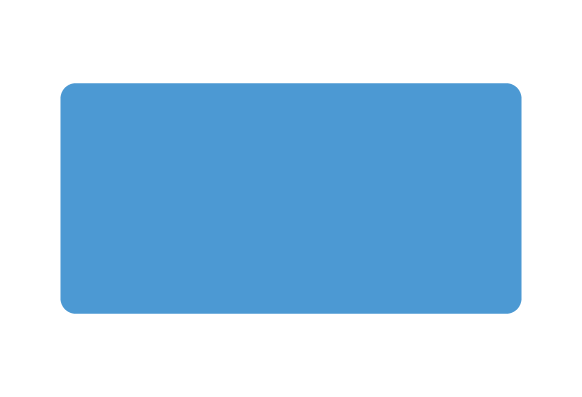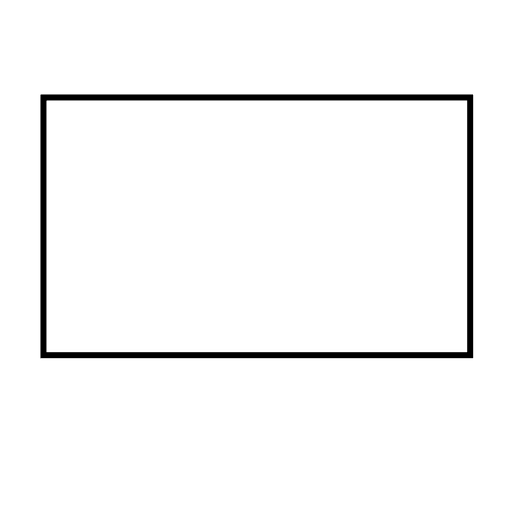
You can use background blur to soften or detract focus. You can think of this like a drop shadow, but instead of the layer creating a shadow it creates a blur. When you apply a background blur to a layer, Figma will blur any layers behind your selection on the canvas. Replicate camera depth and other photographic effects like bokeh.Create abstract backgrounds from photographs and images.Soften or detract focus from the background.You can also duplicate the effect using the keyboard shortcut:īlurs help to imply action or movement, or create the illusion of depth in two-dimensional designs. Select the layer or object you'd like to apply the effect to and paste using the keyboard shortcut:.Use the keyboard shortcut to copy the settings:.Click the Effect settings icon, then press Esc to clear the field selection.Tip! You can copy a layer's effect settings to paste on another layer or object from the Effects section of the right sidebar. Spread: Adjust the size of shadow to represent the distance between the foreground and background objects.Decrease the blur to create a sharper contrast. Increase the blur to soften the shadow and blend it with the background. Blur: Adjust the blur or feathering of the shadow.Fill: Apply a paint using the color picker and set an opacity for the shadow.Use with X offset to set the direction of the light source. Y: Offset the drop shadow along the y axis (vertical).Use with Y offset to set the direction of the light source. X: Offset the drop shadow along the x axis (horizontal).Click the Effect settings icon to adjust the shadow's settings.Use the dropdown to switch to Inner shadow. The Drop shadow effect is selected by default. Click the Effects section in the right sidebar.Select the layer or object from the canvas or Layers tab of the left sidebar.You can apply shadow effects to frames, groups, components, or individual layers. Note: Figma will add new effects to the top of Effects section in the right sidebar.Īs it's not possible to re-order effects, we recommend adding effects in the order your want them to appear. Show an active or clicked state of a button.Make an object look recessed or indented.This contains the shadow within the layer's bounds.

Instead of creating a shadow behind your selection, Figma will apply a shadow within the layer or object. Like drop shadows, inner shadows allow you to create depth within two-dimensional designs.

View CSS properties for your selection by opening the Inspect panel in the right sidebar.

Shadow effects on text layers translate to text-shadow in CSS.

In the example below, we are specifying a SolidColorBrush for opacity mask of a Button. Using SolidColorBrush for Opacity of whole UIElement:īy using SolidColorBrush for opacity mask, we can control the opacity of whole UIElement. Using Opacity mask we can make portions of an element either transparent or semi transparent. All other channels of the brush are ignored. When we apply a brush as opacity mask to a UIElement, only alpha channel of the brush is used. First of, we need to discuss what is opacity mask. In this post, we will be discussing how we can apply opacity mask to WPF UIElement.


 0 kommentar(er)
0 kommentar(er)
